The Future of Drag Culture
Drag has become a form of entertainment that appeals to people from all walks of life, not just gay men or those who identify as gender nonconforming. It allows them to express themselves in ways that don’t always fit into traditional gender norms. And it gives them the opportunity to break down those barriers by showing them what’s possible.
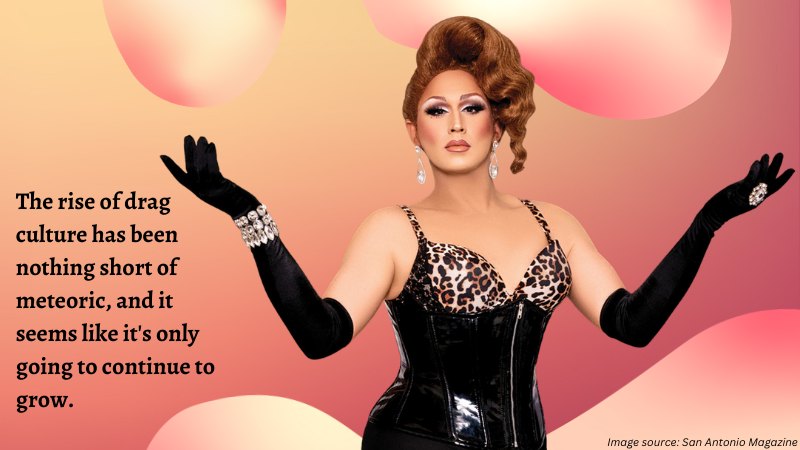
The rise of drag culture has been nothing short of meteoric, and it seems like it’s only going to continue to grow. Drag performances have become increasingly mainstream and accessible to the masses, thanks in large part to the success of RuPaul’s Drag Race and DragCon—which are both conventions where fans can meet their favorite queens and learn how to do their makeup.
With so many people embracing this art form, there will always be a demand for talented queens who can create truly unforgettable performances. The future is bright for drag queens!
Drag in Modern Culture
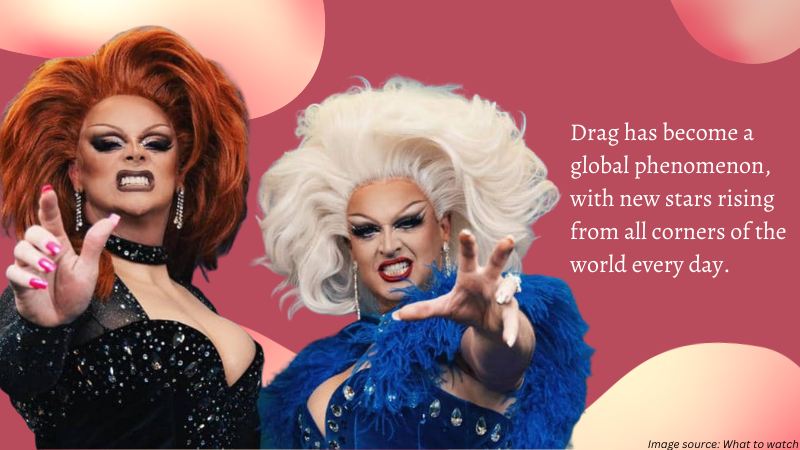
Drag has been a part of the entertainment industry for decades. But in recent years it’s become increasingly visible and more accepted by mainstream culture. The future of drag culture is bright, but there are still plenty of challenges that drag performers and fans face. Drag in modern culture is thriving and very much alive. Drag has become a global phenomenon, with new stars rising from all corners of the world every day.
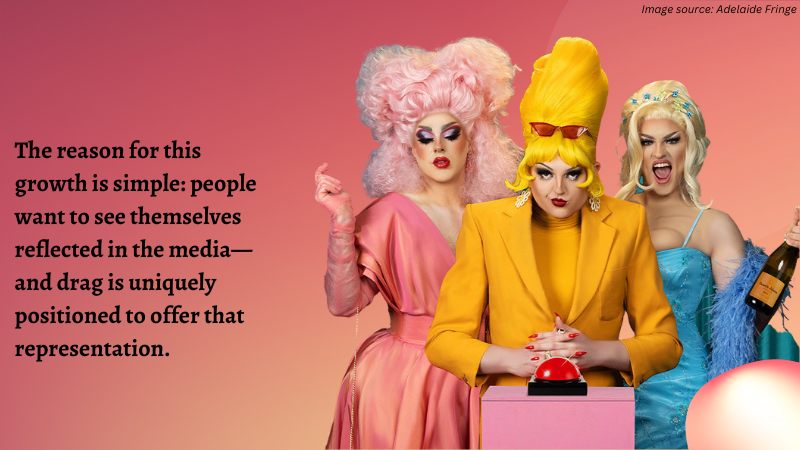
In fact, there are so many groups making waves that it can be hard to keep track of everyone who’s doing interesting work in this space! The reason for this growth is simple. People want to see themselves reflected in the media. And drag is uniquely positioned to offer that representation. It’s seen as an art form because it requires a level of craftsmanship. But it also serves as a platform for political discourse and social commentary that can’t be found anywhere else.
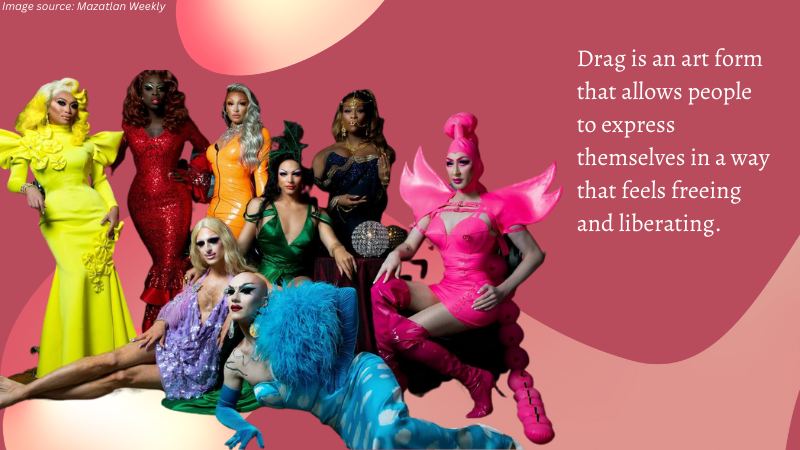
Drag culture has always been a part of modern culture, but perhaps never so powerfully as it is today. The popularity of drag culture has grown exponentially in recent years, and it’s not hard to see why. Drag is an art form that allows people to express themselves in a way that feels freeing and liberating. It makes those who participate feel bold and unapologetic about who they are—which is an important message for young people to hear. In addition to the way that drag can empower young people, there are other ways that it can shape the future of our world. For example, drag queens have been known to help others explore their identity through their performances, which can be beneficial for those who are just beginning their journey towards self-acceptance.
The Role of the Internet in Expanding the Reach of Drag Culture
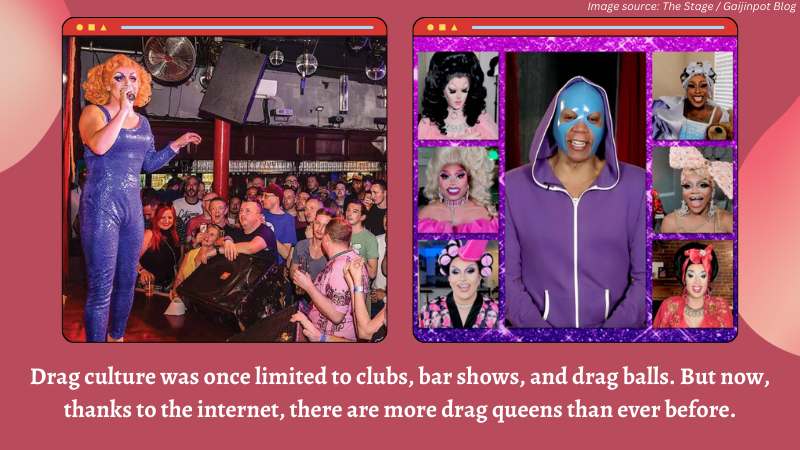
The role of the internet in expanding the reach of drag culture is very big. The internet has become a place where people can find a community that they never knew existed. It is helping them connect with other people who share their interests. It also allows them to share their creations with a wider audience than ever before, which can help them build their careers as well as their audiences. Drag culture was once limited to clubs, bar shows, and drag balls. But now, thanks to the internet, there are more drag queens than ever before. The fact that it is now easier than ever for people around the world to communicate with each other and share their experiences has made it possible for drag culture to gain popularity outside of gay bars and nightclubs.
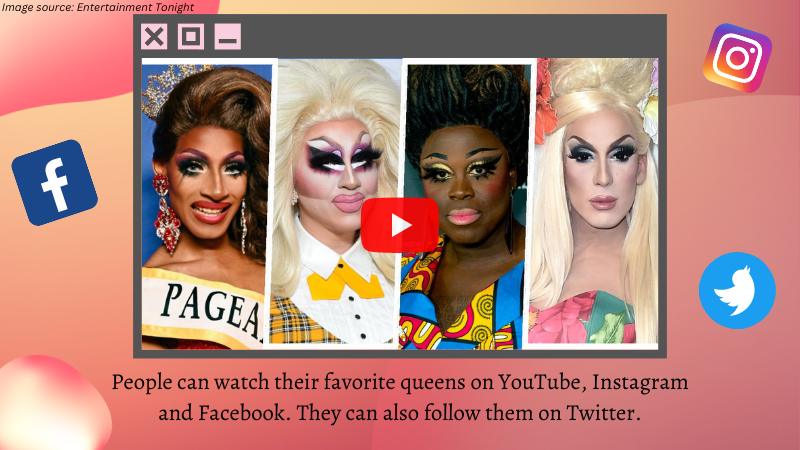
People can watch their favorite queens on YouTube, Instagram and Facebook. They can also follow them on Twitter. This gives people a chance to interact with their favorite queens and find out what they have been up to lately. It also allows them to learn more about other queens who they might not have known much about before they started following them online.
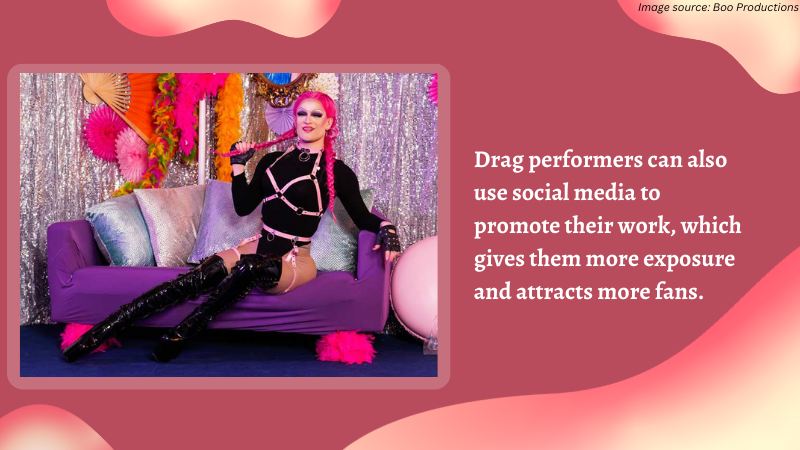
It’s important that we celebrate all forms of artistry, including drag culture. Because it’s something that has given so many people joy over the years and will continue to do so. The internet is a powerful tool for the propagation of drag culture. Drag performers can also use social media to promote their work, which gives them more exposure and attracts more fans. This can help them build a brand around their drag persona, which can lead to opportunities such as modeling gigs or even acting roles in mainstream television shows or movies.
Challenges Faced by Drag Queens in Our Society Today
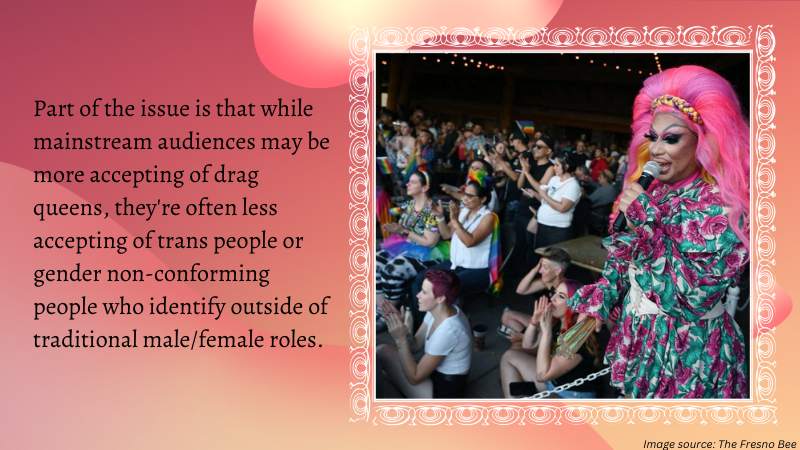
The future of drag culture will continue to thrive as long as people continue creating at the level they are today. But there are some problems facing us all along the way. For example: safety concerns while performing on stage; discrimination against LGBTQ+ people in general; lack of access to healthcare services; harassment online by trolls; etc. Part of the issue is that while mainstream audiences may be more accepting of drag queens. They’re often less accepting of trans people or gender non-conforming people who identify outside of traditional male/female roles.
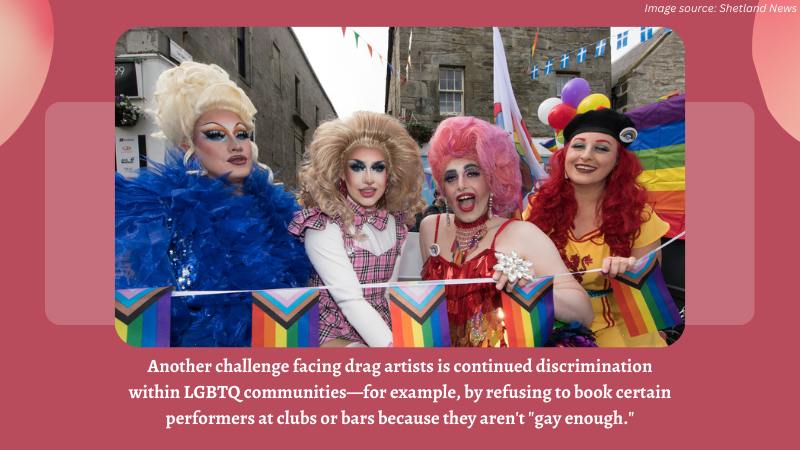
The nature of drag is that it can be humorous, campy, and often provocative. This means that some people may find it offensive or inappropriate for certain contexts. However, many drag performers are very aware of this and are careful about how they present themselves in public spaces. Another challenge facing drag artists is continued discrimination within LGBTQ communities—for example, by refusing to book certain performers at clubs or bars because they aren’t “gay enough.” There are many challenges faced by drag queens today due to the fact that they do not have enough support from the public and their families. In addition, they may face discrimination when it comes to employment opportunities as well as education opportunities.
The Importance of Allyship Within the LGBTQ2+ Community
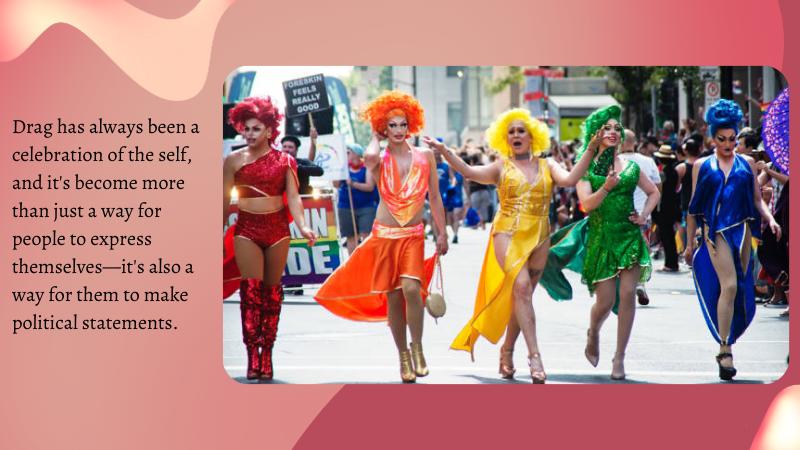
The future of drag culture is all about allyship. Drag has always been a celebration of the self. It’s become more than just a way for people to express themselves. It’s also a way for them to make political statements. Drag culture is a place where you can be yourself. It also see yourself reflected in others, and feel connected to your community.
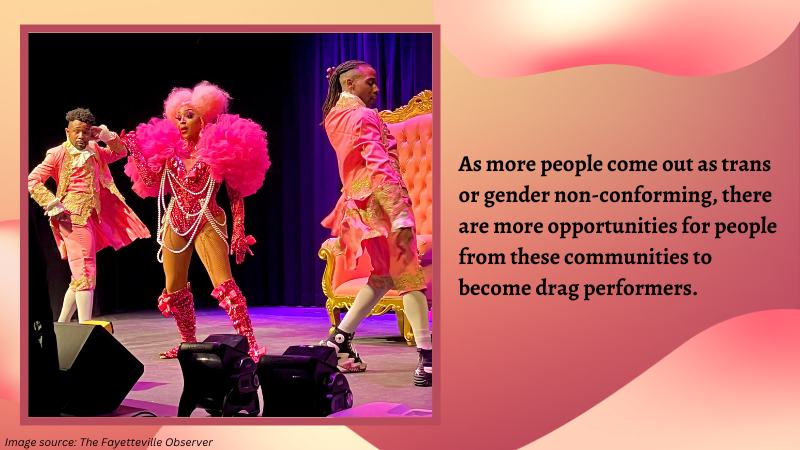
In recent years, there has been a rise in drag queens who are also members of the LGBTQ2+ community. As more people come out as trans or gender non-conforming, there are more opportunities for people from these communities to become drag performers. With this comes an increased need for understanding how best to support these performers while they’re onstage.
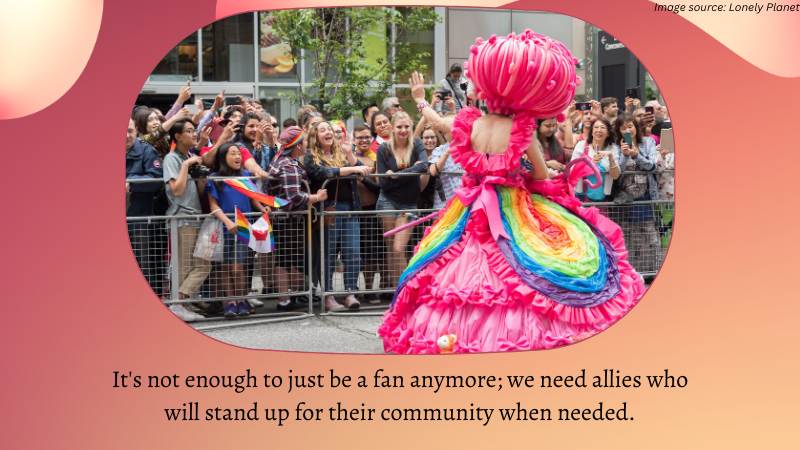
An important aspect of being an ally within the LGBTQ2+ community is educating yourself about what it means to be an ally. Drag is one of the most visible forms of LGBTQ2+ culture, and it’s been around for a long time. The drag community has been an important part of the fight for equality and acceptance. It’s only getting stronger as time goes on. It’s not enough to just be a fan anymore. We need allies who will stand up for their community when needed. We need allies who are willing to learn about their community so they can support it in ways that matter most. Because allyship isn’t just about supporting your friends. It’s also about standing up for people who may not have anyone else who can do so on their behalf.
How is Drag Impacting the Wider Society?
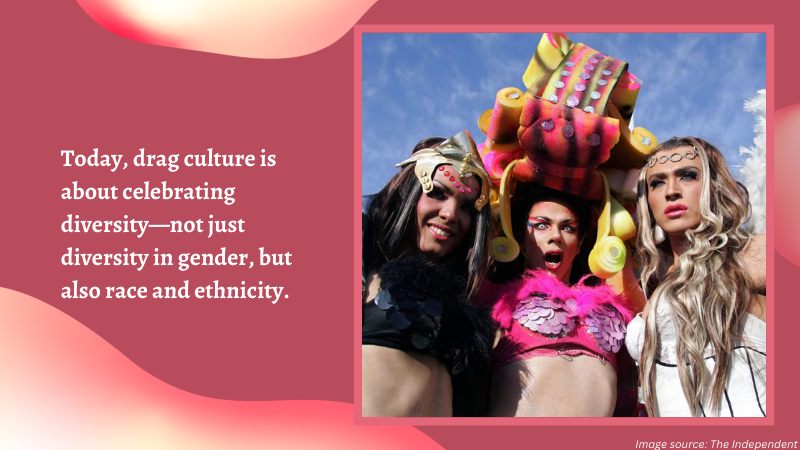
We’ve seen drag queens on RuPaul’s Drag Race, and we’ve seen them perform at some of the biggest music festivals. Drag culture has also been getting more and more political. When we talk about “drag” today, we’re talking about a lot more than just the dress-up party that it used to be. Today, drag culture is about celebrating diversity—not just diversity in gender, but also race and ethnicity. It’s about being loud and proud about who you are, even if that means dressing up as someone else entirely. But what does all this mean for society at large? How is this new wave of drag impacting the world?
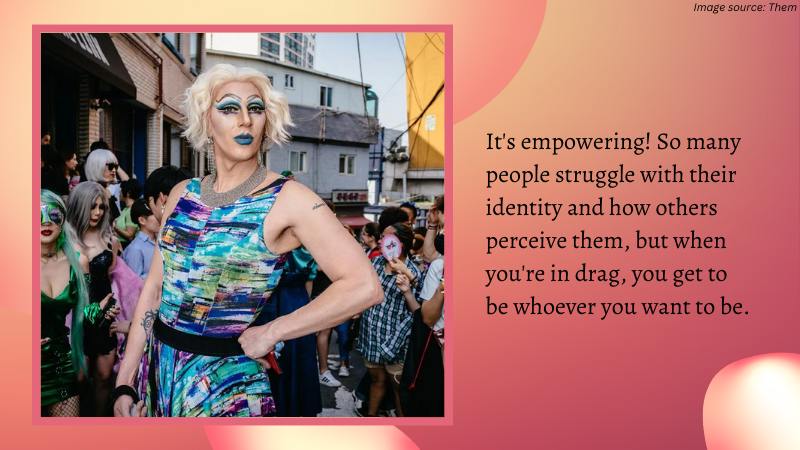
In the last few years, drag culture has exploded. Drag queens have been coming out of the closet and onto the stage in droves. Their presence is having a big impact on society. It’s not just about the way people dress up or what they say—it’s about how they see themselves as individuals. When you’re performing as a drag queen, you’re taking on a persona that isn’t necessarily your own. You’re putting on an act and becoming someone else entirely. It’s empowering!
So many people struggle with their identity and how others perceive them. But when you’re in drag, you get to be whoever you want to be. You can even start to believe that it’s not just an act—that maybe this is who you truly are. When you can see yourself represented positively or at least accurately somewhere outside your home or community, it helps make you feel less isolated. It makes you feel like you’re part of something bigger than just yourself—that there are other people out there who understand what you’re going through.
Conclusion
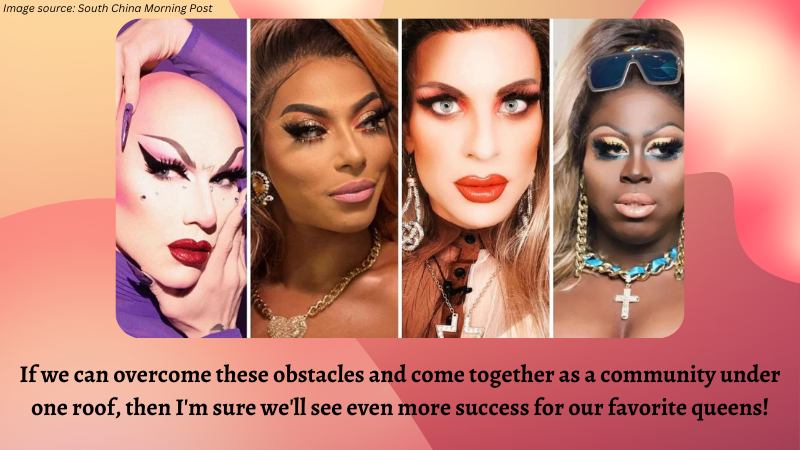
Drag queens have always been seen as a symbol of freedom, creativity, and acceptance. That’s why they’re so important now more than ever. Drag culture has always been about breaking down barriers. But now it’s more important than ever before to make sure we’re all doing our part to break down those barriers together. The future of drag culture will depend largely on whether these issues get resolved in the coming years. If we can overcome these obstacles and come together as a community under one roof. Then I’m sure we’ll see even more success for our favorite queens!
Tagged With:Drag Queen
Established in 2009, We are a recognized manufacturer and seller of professional crossdressing products.
It is our aim to become not just the most creative manufacturer but also a very considerate seller, as we provide the best quality products for crossdressers all around the world.
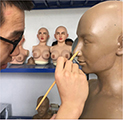
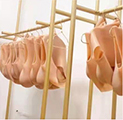















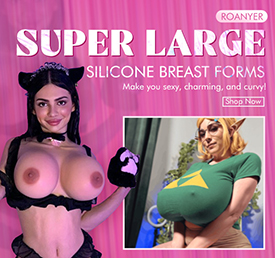
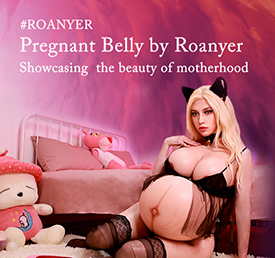





 Breast Forms
Breast Forms  Body Suit
Body Suit  Realistic Mask
Realistic Mask  Femini Girdle
Femini Girdle Hip & Butt Enhancement (8)
Hip & Butt Enhancement (8) Penis Prosthesis
Penis Prosthesis Fake Muscle
Fake Muscle Bikini
Bikini  Wig
Wig  Corsets
Corsets Course
Course service@roanyer.com
service@roanyer.com +8618652200711
+8618652200711 Facebook
Facebook YouTube
YouTube Twitter
Twitter Instagram
Instagram




